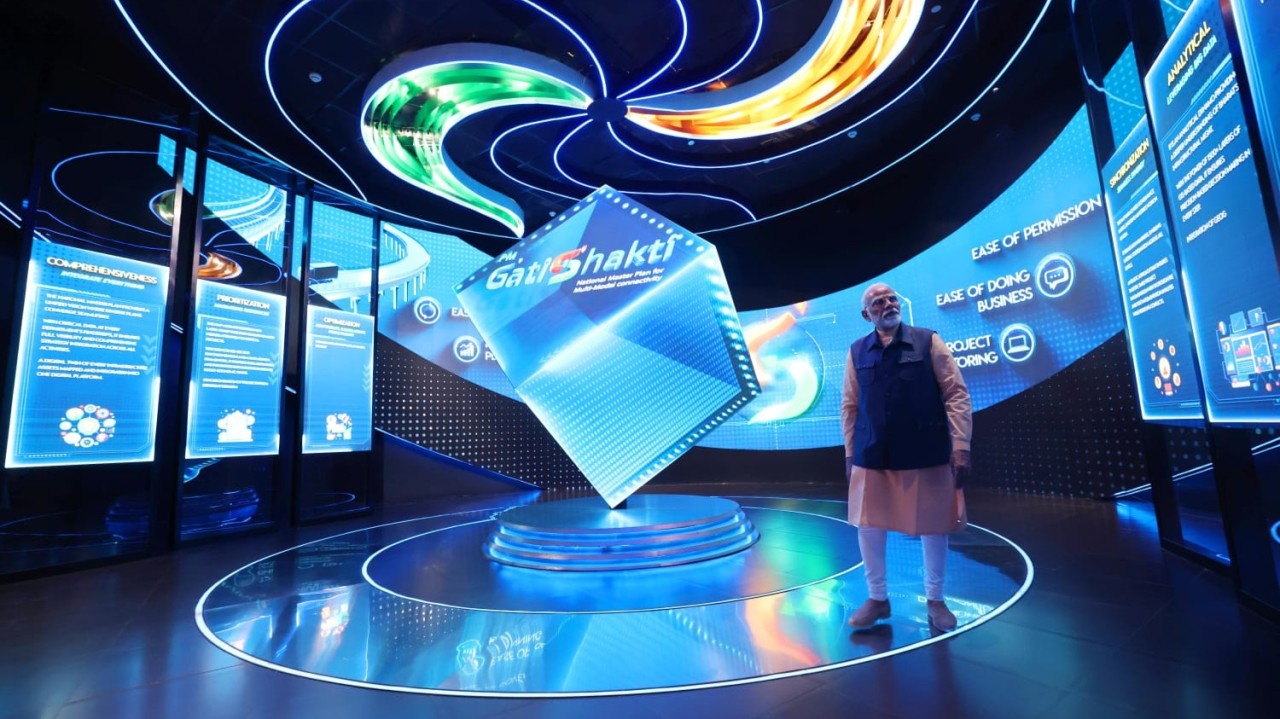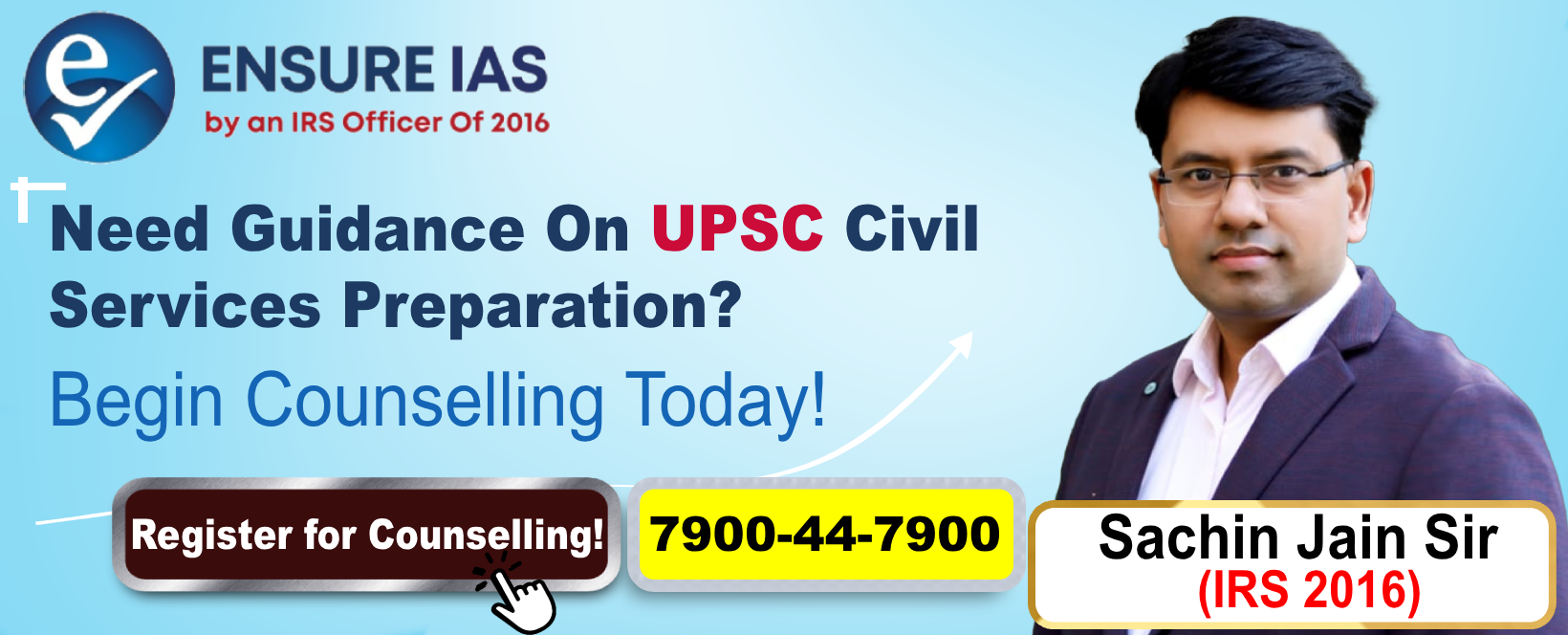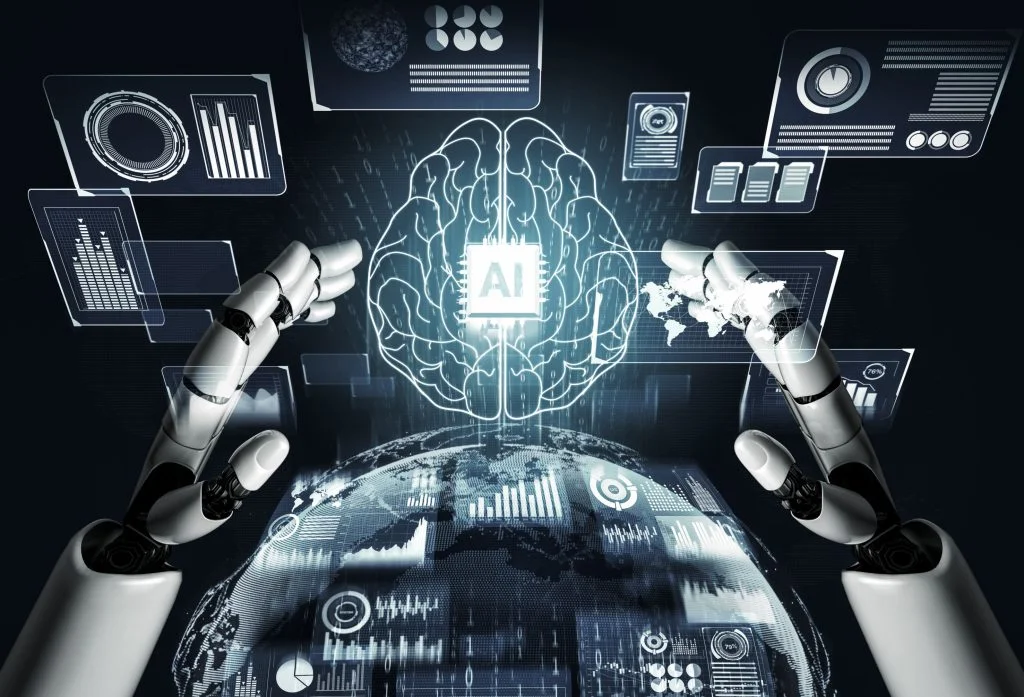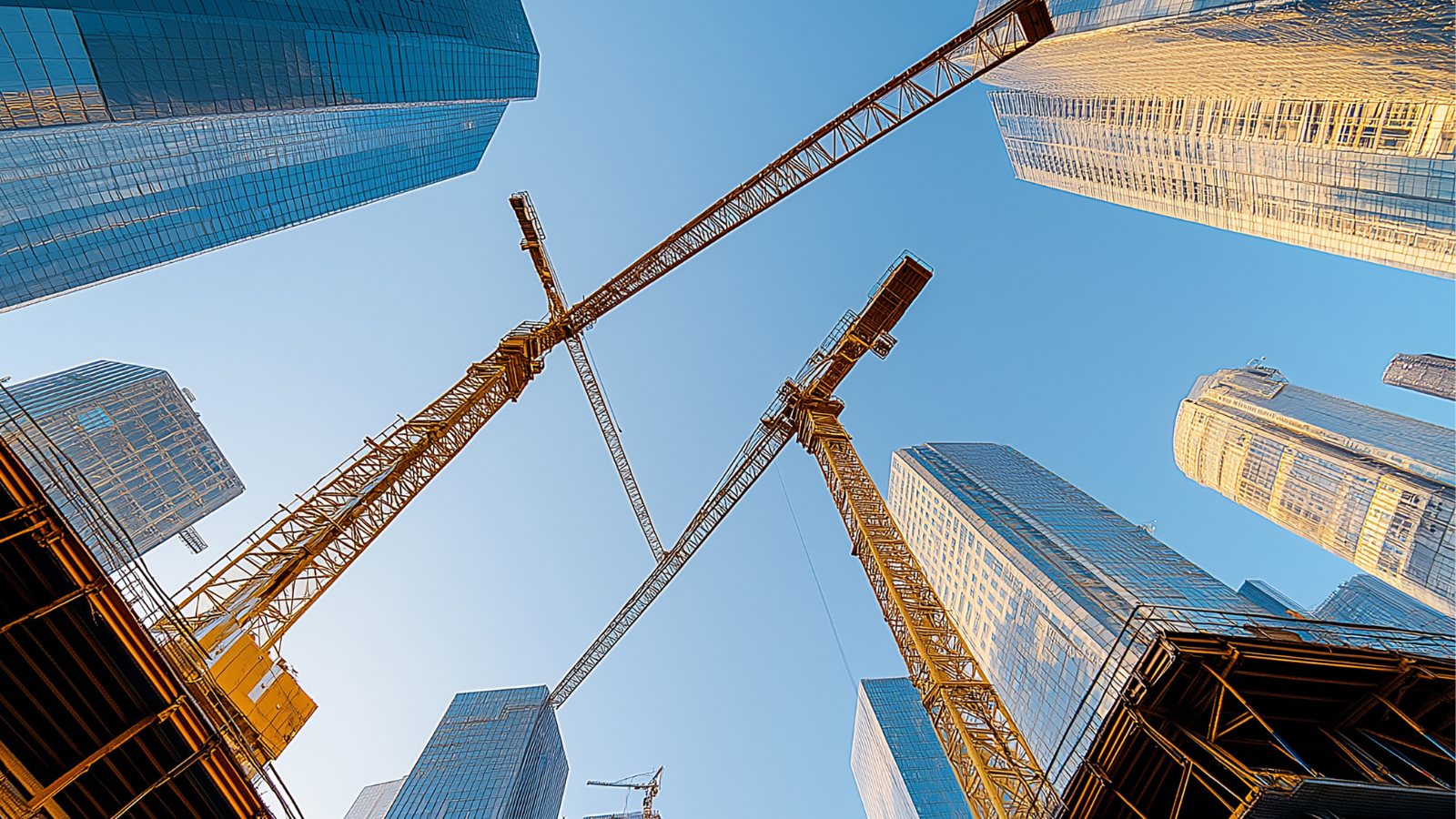- Courses
- GS Full Course 1 Year
- GS Full Course 2 Year
- GS Full Course 3 Year
- GS Full Course Till Selection
- Answer Alpha: Mains 2025 Mentorship
- MEP (Mains Enrichment Programme) Data, Facts
- Essay Target – 150+ Marks
- Online Program
- GS Recorded Course
- Polity
- Geography
- Economy
- Ancient, Medieval and Art & Culture AMAC
- Modern India, Post Independence & World History
- Environment
- Governance
- Science & Technology
- International Relations and Internal Security
- Disaster Management
- Ethics
- NCERT Current Affairs
- Indian Society and Social Issue
- NCERT- Science and Technology
- NCERT - Geography
- NCERT - Ancient History
- NCERT- World History
- NCERT Modern History
- CSAT
- 5 LAYERED ARJUNA Mentorship
- Public Administration Optional
- ABOUT US
- OUR TOPPERS
- TEST SERIES
- FREE STUDY MATERIAL
- VIDEOS
- CONTACT US
10 Years of Digital India Scheme
10 Years of Digital India Scheme

Why in the News?
- The Digital India programme completed 10 years in July 2025.
- Prime Minister Narendra Modi said that this scheme has become a people's movement rather than just a government scheme.
- He highlighted how digital infrastructure has reduced leakages, bridged the digital divide, and enhanced service delivery.
Key Highlights of the Article
- About the Mission
- Launched: July 1, 2015
- Nodal Ministry: Ministry of Electronics and Information Technology (MeitY)
- Aim: Transform India into a digitally empowered society and a knowledge economy.
- Nature: Umbrella programme integrating services across ministries and departments.
- 3 Vision Areas
- Digital Infrastructure as a Utility to Every Citizen:
- Provide high-speed internet, digital ID, mobile, and bank access to all.
- This will help to eliminate the gap between the “haves and have-nots.”
- Governance and Services on Demand:
- Make government services easily available online and in real time.
- It will help to increase transparency, and reduce dependence on intermediaries.
- Digital Empowerment of Citizens:
- Promote digital literacy and ensure access to digital tools and resources for all.
- This will help to reduce the digital divide and bring government services closer to citizens.
- Digital Infrastructure as a Utility to Every Citizen:
- Achievements of Digital India
|
Sector |
Key Achievements |
|
Digital Economy |
|
|
Connectivity and Infrastructure |
|
|
Digital Finance and Financial Inclusion |
|
|
E-Governance Platforms |
|
|
Strategic Technology Initiatives |
|
|
Digital Literacy and Capacity Building |
|
Impact on the Indian Economy and Society
- Better Governance and Transparency
- Government services are now tracked in real-time through online dashboards.
- Direct money transfers (DBT) have made the system cleaner and faster.
- It has reduced corruption and made government schemes more efficient.
- Financial Inclusion
- The Jan Dhan-Aadhaar-Mobile (JAM) system helped millions open bank accounts.
- People now use less cash and more digital payments.
- Rural areas and women now have better access to banking.
- Rural Empowerment
- High-speed internet and digital centres reached villages.
- People in remote areas can now access education, health, and farming help in online mode also.
- Apps like UPI and online marketplaces helped small village businesses grow.
- Boost to the Economy
- Digital tools helped new businesses, tech startups, and gig workers grow.
- One-stop platforms made doing business easier and reduced paperwork.
- Small businesses (MSMEs) and youth gained new skills and job opportunities.
- Improved Global Reputation
- India became a global example in building digital public systems.
- Platforms like CoWIN (for vaccines), UPI (for payments), and DigiLocker (for documents) are now praised worldwide.
- It improved India’s global image in technology and governance.
Challenges and Way Forward
|
Challenges |
Way Forward |
|
Digital divide between urban and rural areas |
Invest in rural infrastructure and last-mile connectivity |
|
Low digital literacy among older and marginalised groups |
Strengthen digital literacy through community-level training |
|
Cybersecurity and data privacy concerns |
Enact robust data protection and cybersecurity laws |
|
Dependence on smartphone/internet penetration |
Promote low-cost devices and public digital access points |
|
Limited access for the disabled |
Ensure universal design and inclusive platforms |
Conclusion
The 10-year journey of Digital India marks a transformative shift in how India delivers governance, empowers citizens, and builds its digital future. With deepening outreach, faster connectivity, and inclusive platforms, Digital India is not just a government initiative—it has become a citizen-driven digital revolution. Strengthening its foundations can make India a true global leader in digital empowerment.
|
Ensure IAS Mains Question Q. “Digital India has evolved from a government programme into a citizen-led digital revolution.” In the context of its 10-year journey, critically examine the achievements, challenges, and future potential of the Digital India initiative. (250 words) |
|
Ensure IAS Prelims Question Q. With reference to the ‘Digital India’ programme, consider the following statements:
Which of the statements given above are correct?
Answer: d Explanation Statement 1 is correct: India now has internet connectivity across over 97 crore people, marking a massive jump from earlier figures and showcasing the widespread digital penetration achieved under the Digital India programme. Statement 2 is correct: PM Modi mentioned that India laid over 42 lakh km of optical fibre, equivalent to 11 times the Earth–Moon distance, enabling deep connectivity. The number surpasses 48 lakh km as per recent Digital India updates. Statement 3 is correct: India’s 5G rollout reached 99.6% of districts, including difficult terrains. It has also covered critical military forward areas like Galwan, Siachen, and Ladakh, reflecting both speed and strategic digital expansion. |




